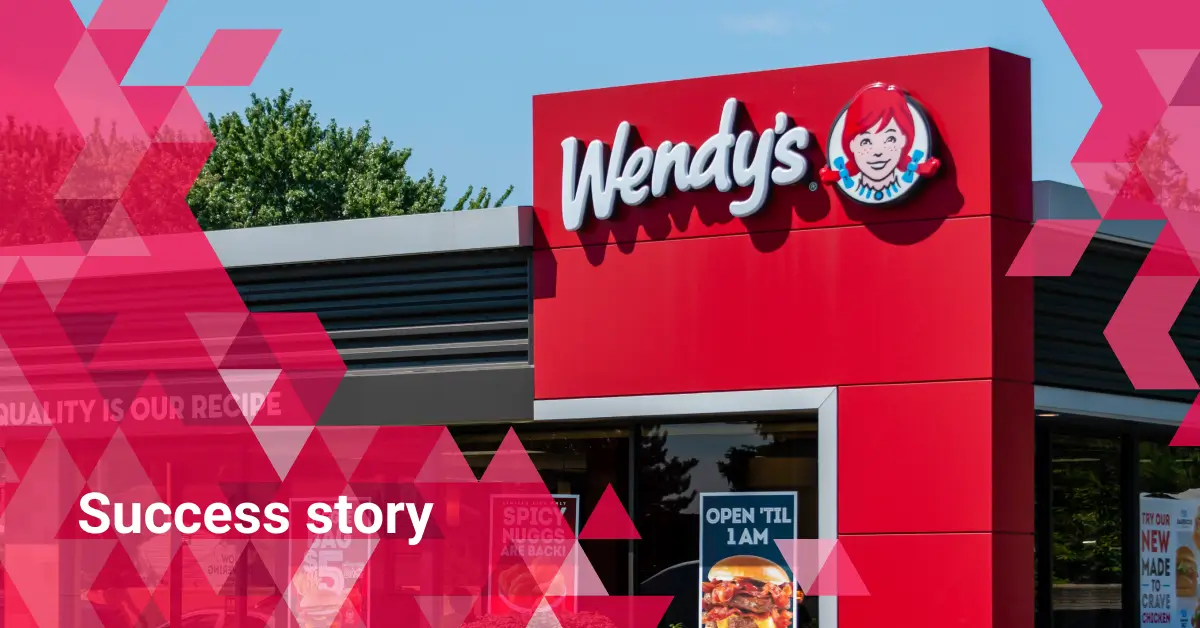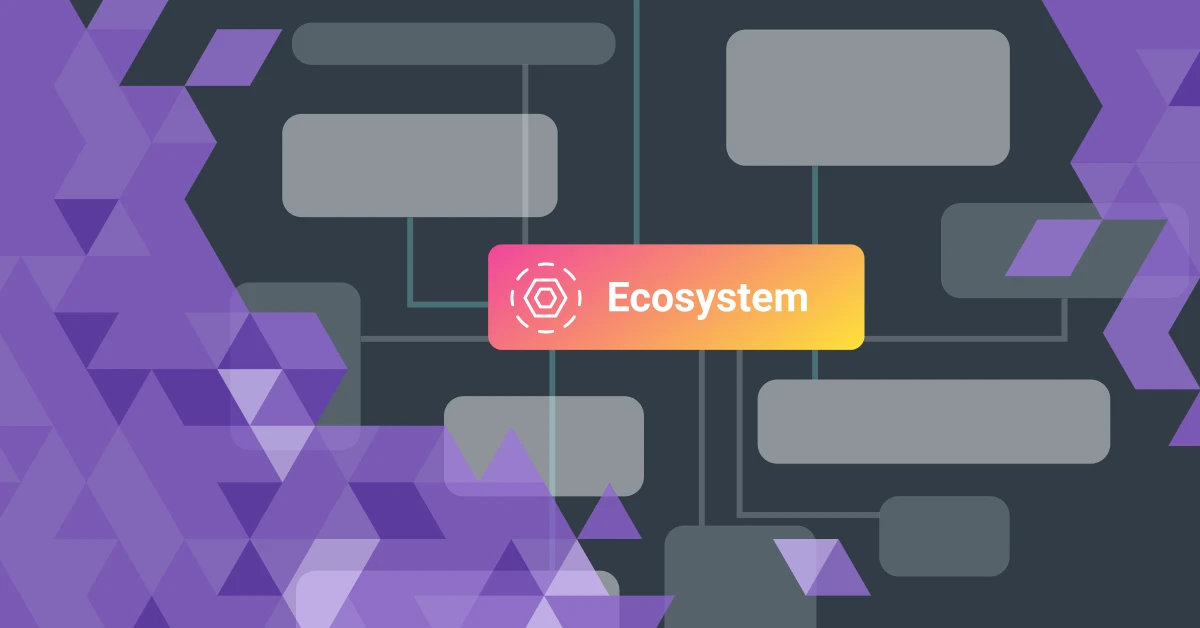Employee Offboarding Checklist: The Complete 10-Step Guide

Table of contents
- 1. Inform HR and Management
- 2. Inform the Team and Communicate Changes
- 3. Send Offboarding Notification to the Employee
- 4. Collect Assets and Terminate Access to Company Systems
- 5. Process Final Payments
- 6. Train the Replacement & Transfer Knowledge
- 7. Schedule an Exit Interview
- 8. Issue Recommendation Letters
- 9. Offboarding Extras
- 10. Evaluate the Offboarding Process
- Offboarding Best Practices
- Design the Perfect Employee Offboarding Checklist
Goodbyes are never easy. But in business, they’re a regular occurrence as employees come and go. Companies should formalize the process with an employee offboarding checklist to make sure every employee’s departure is as smooth as their arrival.
Get our complete guide to employee onboarding here
Let’s quickly start off by getting on the same page with a definition of offboarding.
Offboarding is the process of transitioning an employee out of a company. It begins when they announce they are leaving up to their final day on the job. It is the tying up of loose ends, handing off work to their manager or replacement, and it is also a chance to get the employee’s feedback on their time at the company and find out why they’re leaving.
Because employee departures are a recurring event, companies should have an offboarding employee checklist to optimize the process. It’s more than a goodbye cake and farewell party (though that is always a nice gesture and a chance for colleagues to gather and send their friends off on a high note.)
Just like onboarding integrates someone into your company, employee offboarding eases them out.
When an employee is leaving, companies often struggle with:
- Inconsistency in offboarding
- Legal & compliance concerns
- Protection of company assets
- Maintaining company reputation
- Knowledge transfer
- Emotional complexity
There are benefits to having an employee offboarding checklist:
- Feedback from departing workers can help companies improve the employee experience for current and future staff.
- Minimizes any impact the departure has on their colleagues and the companies so it’s a seamless transition.
- Creates time and space for the employee to either train their replacement or hand off their work to a colleague to keep continuity of knowledge
Offboarding will vary slightly depending on an employee’s position and responsibilities, but companies should have one employee offboarding checklist template that can be modified as needed for each time it’s used. The template can be saved on a workplace communication app and easily shared as needed.
Here are the ten core elements that every offboarding checklist should have.
1. Inform HR and Management
Once an employee has notified their manager of their plans to leave, it’s critical to let HR and upper management know. Plans need to be made to continue operating with little disruption to workflows.
- HR might decide to promote someone from within in which case the departing employee can begin to pass along their job knowledge and insider tips to ensure a smooth transition.
- HR might decide to post the position on the company website to open it up to both internal and external candidates. The current employee can be helpful in rewriting their job description.
- Someone leaving might be an opportunity for HR to restructure the organizational chart and shift responsibilities around.
HR also needs to begin the offboarding process immediately to successfully transition the employee to the end of their time at the company.
But here’s something to think about: the former employee might also be a future employee, sometimes referred to as ‘boomerang employees’. When people have a good history at a company, there’s always a chance they get more experience elsewhere and come back in a higher position. And this is another reason to make offboarding a smooth, positive experience and end things on a good note.
2. Inform the Team and Communicate Changes
Next, it’s critical to inform the employee’s team. This is easy if you already have transparency as one of your core communication values. Having a colleague leave means there is a chance the others will have to take on more work if filling the position takes time. The sooner they can prepare for any shift of responsibilities at work, the better. It also gives workers the time to celebrate their friends and colleagues in their final weeks.
Be sure to check with the worker who’s leaving on how they’d like to share the news: if they would like to tell their colleagues or if they would like it to come from a manager.
There should also be a companywide announcement on the digital workplace platform. Others can then chime in and post well wishes or congratulations on the next opportunity. If this job will be made available internally, that news should also be shared at the same time so interested and qualified workers can throw their name into the hat. A successor can be found much quicker if it’s someone from inside the company who already knows processes and procedures.
3. Send Offboarding Notification to the Employee
Now that it’s official, start the offboarding process by initiating the employee’s offboarding task list with them. Again, if you have a digital solution, like Beekeeper, this can all be easily done through the app. Simply store the employee offboarding checklist in the document library and share it with employees who give notice.
Share the step-by-step procedures on expectations and timelines for accomplishing offboarding tasks, like turning in computers, badges, or any other company uniforms and equipment. Let them know exactly what to expect and where to find all of the lists and documents on the app.
As an example, the University of California Santa Cruz has an offboarding list for supervisors and a video explaining the process to align everyone on why offboarding is a critical part of an employee’s departure.
4. Collect Assets and Terminate Access to Company Systems
Once an employee is finished, their access to company systems must be discontinued.
The most recent research revealed the average cost of a data breach in 2023 is $4.45 million. And 20% of companies say they’ve had data breaches by former employees.
This does not necessarily mean the person was responsible for the hack, but simply having company apps or access to company information on their personal devices puts the company at risk for any outside cybersecurity attacks.
Employees should also turn in any company-owned assets. This can be items like uniforms, tools, computers, or phones. One study showed that half of all companies lose devices when employees leave.
5. Process Final Payments
HR will be wrapping up all employee-related benefits and wages and employees should be taken off the payroll system and issued final paychecks. This can mean paying out on any unused vacation time, too. If workers had health insurance, companies should give them information on Cobra to continue on the same health plan on their own. Employers should also make sure to have an employee’s most recent address and contact information for issuing end-of-year tax paperwork.
6. Train the Replacement & Transfer Knowledge
Every employee builds knowledge on how to best perform their specific job. All of that information should be passed along to the replacement so there is a seamless transition and the new worker gets up and running quickly which reduces time to productivity. This includes the SOPs for how to perform different tasks specific to that job, relevant contact lists, vendor lists, etc.
Knowledge transfer is easier when a replacement is found before the employee leaves. Then, there can be a period of shadowing during the overlap period. If not, the employee should create a procedural document to outline the job responsibilities and best practices.
7. Schedule an Exit Interview
The exit interview might just be the most important part of employee offboarding. It gives an employer a final chance to connect with that person. This is also a time to get valuable feedback that can help leaders improve the employee experience.
Doing these interviews in person is preferable if possible. Talk to the employee about their time at the company and ask for general feedback. It’s good to also have employees answer questions on the workplace app where they can be easily recorded and saved. Keep questions open so employees can give their own observations and feelings (as opposed to just yes or no questions.)
Here are ten questions to ask during the exit interview:
- Why are you leaving?
- What does the new company provide that we did not?
- Were you satisfied with your relationship with your direct manager?
- What can be improved for your position and department?
- Did you receive enough training for your job?
- Did you feel supported in your job and growth here?
- Would you recommend this company to other job seekers?
- How would you describe the company culture and did you feel included?
- Would you consider working here in the future
- Any other feedback you think we should know to improve?
Ask questions specific to their job, their manager, and the company. These really are some of the most valuable insights a company can get that can help them refind employee experiences that will increase retention.
8. Issue Recommendation Letters
One important part of the offboarding experience is not about physical or logistical things. It’s emotional. You want to part ways with employees on a good note. If they ask for recommendation letters, have their manager write one to highlight personal strengths. When an employee leaves, they are still a brand ambassador. Your company will be listed on their resume and their LinkedIn pages. You want them to tell others about their positive experience with you. Writing a letter of recommendation will help them in their future endeavors, and will really leave them with a good feeling about the support they received at the company.
9. Offboarding Extras
The employee offboarding checklist will be unique to each company. But here are a few elements you might want to include that are not related to the formalities of offboarding:
- Celebrate the employee. Throw a goodbye party for the employee and their team (paid for by the company.) This can be a department lunch or end-of-day cake. Let people take a break to attend the gathering and say goodbye to their colleagues.
- Recognize the employee. Employee recognition should be a part of a company’s employee engagement strategy. Keep that going through the end. Send a company-wide post on the workplace app wishing the employee well and thank them for a job well done.
- Start a company alumni group. Have your HR department start up an employee alumni club so people can stay in touch with one another and their former employers. Create social media spaces for them to connect, like a Facebook group. This is also a great way to let people know of job openings in case any former employees want to come back to the company!
10. Evaluate the Offboarding Process
The offboarding process should be like any other internal procedure: it should be constantly evaluated and improved upon. Apply the principles of kaizen: continuous improvement. It’s a philosophy originally applied in business by Toyota now known as the Toyota Production System. Companies have adopted this model to reflect on their operations and gain insights that can help them work better, faster, and more efficiently as a company.
Offboarding Best Practices
Follow these best practices to get the most out of every employee offboarding process.
- Digital offboarding. In this day and age, there is zero reason why any company should still have a paper-based offboarding process. With one simple workplace productivity app, the process can be streamlined and automated. All documentation is digitally stored in the cloud. All exit interview information can be input digitally and viewed on the analytics dashboard for both a detailed view and a broad overview of employee feedback.
- Keep it positive. Losing an employee to another career or another company isn’t easy, especially today when turnover is high and companies are battling for talent. But always be supportive of your employee until the end. Give them words of encouragement, and thank them for their time at your company.
- Recruit your alumni. When you have a job opening at your company, refer not only to current employees who are ready to move up to the next skill level, but go through your alumni list. Recruit former employees who have gained more experience and might be candidates for managerial positions. Onboarding is easier for returning employees, and it’s always nice to have a familiar face in the ranks! And don’t forget those employees will have that institutional knowledge of your company and can bring fresh ideas to improve your operation.
Design the Perfect Employee Offboarding Checklist
There’s a lot of ground to cover during an employee’s final weeks with the company. By creating an employee offboarding checklist, the process will be smooth, fast, and efficient for all involved. Instead of being mired in paperwork, an employee can stay productive in their job through their last day. And companies can gain insights that can help them refine their employee experience and build a thriving workforce.

About the author
Beekeeper
We make frontline lives easier, work safer, and teams more connected so businesses can reach new heights. At Beekeeper, we’re dedicated to making frontline lives easier by connecting workers with the tools, support, and information they need to feel valued, do their best work, and drive the business forward.







